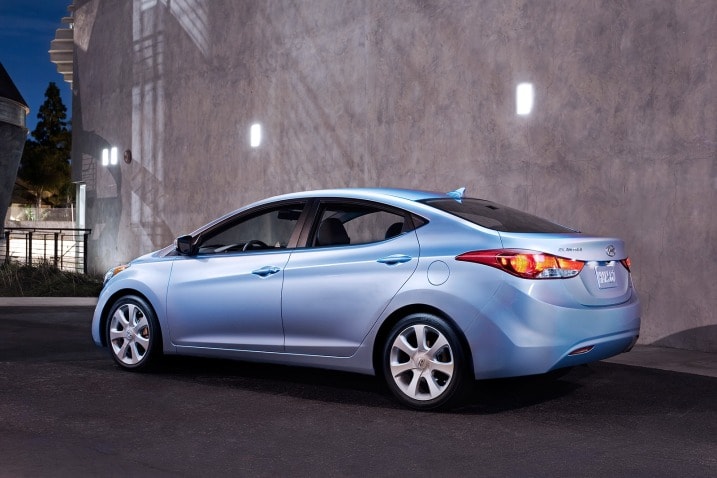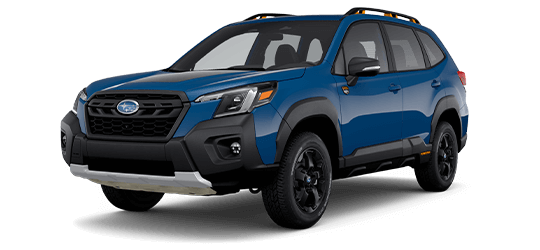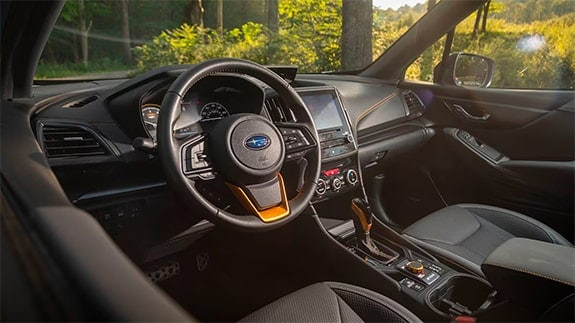The MPG Testing Gap
The problem is that the federal government uses two different procedures to compute the fuel-efficiency numbers it provides to consumers. First, there's the original procedure for the Corporate Average Fuel Economy (CAFE) values that is used for regulatory purposes. Introduced in 1975, it is based on standardized highway and city driving cycles that are replicated in a computer and measured on a dynamometer.
But because people complained of a big gap between real-world fuel economy and the test values with this original CAFE test, Congress asked the EPA to make some modifications to the test, which it did in 1985. Unfortunately, the changes in this second-generation test apply only to the window sticker that consumers see for individual vehicles. Also, Congress didn't tell the EPA to modify the test for CAFE purposes.
As a result, the new CAFE measurement — the 54.5-mpg figure that's been in the headlines — is based on the original, congressional-endorsed test that was mandated in 1975. Meanwhile, the revised, EPA-endorsed fuel economy test is the one reflected in the ratings posted on the window sticker in all new cars and trucks. The EPA rating is also the one used in automotive advertising, most car-buying guides and online car shopping and information sites, including Edmunds.com.
And even though the EPA's test system was modified in 1984 and 2008 to try to make it more relevant, it still doesn't precisely reflect real-world driving. The EPA still uses stationary laboratory tests run on a dynamometer, which ensures repeatability but not necessarily the driving experience of consumers.



 by
by 
